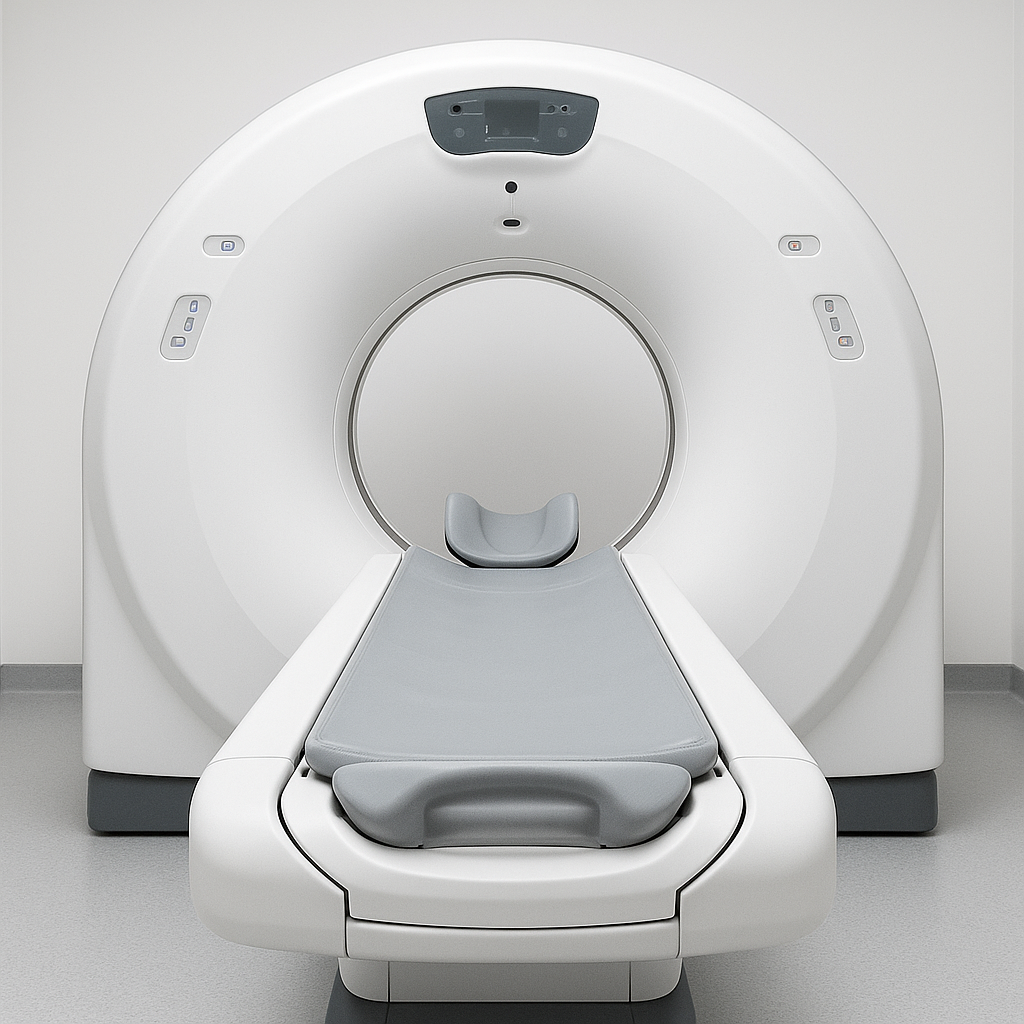
Why PMI Foam Is the Ideal Material for CT Scanner Table Tops
In modern medical imaging, precision, comfort, and safety are paramount. One often-overlooked component that plays a critical role in achieving these goals is the CT scanner table top — the surface on which patients lie during imaging. Increasingly, manufacturers are turning to PMI foam (Polymethacrylimide foam) as a core material for these table tops due to its exceptional mechanical and functional properties.
This article explores the key advantages of PMI foam in CT table top applications and why it's becoming the preferred solution for next-generation imaging systems.

What Is PMI Foam?
PMI foam is a lightweight, rigid, closed-cell thermoset polymer foam known for its high strength-to-weight ratio, excellent dimensional stability, and superior thermal and chemical resistance. It is widely used in aerospace, automotive, and now increasingly in medical equipment manufacturing.
1. Radiolucency for High-Quality Imaging
One of the most important requirements of a CT scanner bed is radiolucency — the ability to let X-rays pass through without interfering with the image. PMI foam has a very low X-ray attenuation coefficient, which means it doesn’t produce artifacts or distortions in CT scans. This allows for:
- Clearer diagnostic images
- More accurate detection of lesions or abnormalities
- Minimal interference with image processing
2. Lightweight but Structurally Strong
PMI foam has an outstanding strength-to-weight ratio, enabling the production of strong yet lightweight table tops. This benefits both patients and technicians:
- Easier bed movement and positioning
- Lower energy consumption for motorized bed systems
- Improved patient comfort due to reduced vibrations
3. Excellent Thermal and Chemical Resistance
CT environments require materials that can endure frequent cleaning and temperature changes. PMI foam performs exceptionally under such conditions:
- Withstands sterilization processes
- Resists common hospital-grade disinfectants
- Maintains shape and performance over time
4. Dimensional Stability for Accurate Positioning
In precision imaging, even minor shifts in position can lead to inaccurate results. PMI foam maintains its shape and structural integrity even under high pressure or repeated use, ensuring:
- Patient stability
- Precise alignment with the CT gantry
- Consistent scan quality
5. Design Flexibility
Thanks to its machinability, PMI foam can be easily shaped, milled, or bonded to meet specific ergonomic and design needs of CT tables. It can also be laminated with carbon fiber to further enhance stiffness while maintaining radiolucency.
PMI Foam vs. Traditional Materials
|
Feature |
PMI Foam |
Wood/Foam Core |
Metal Core |
|
X-ray Transparency |
★★★★★ |
★★★☆☆ |
★☆☆☆☆ |
|
Weight |
★★★★★ |
★★★★☆ |
★★☆☆☆ |
|
Strength |
★★★★☆ |
★★☆☆☆ |
★★★★★ |
|
Cleaning Resistance |
★★★★★ |
★★☆☆☆ |
★★★★☆ |
|
Design Flexibility |
★★★★★ |
★★☆☆☆ |
★★☆☆☆ |
PMI foam offers a unique combination of radiolucency, strength, light weight, and durability, making it the ideal material for CT table tops. As hospitals and diagnostic centers demand better imaging accuracy and patient safety, materials like PMI foam will continue to set new standards in medical device design.
PMI foam
Latest News




